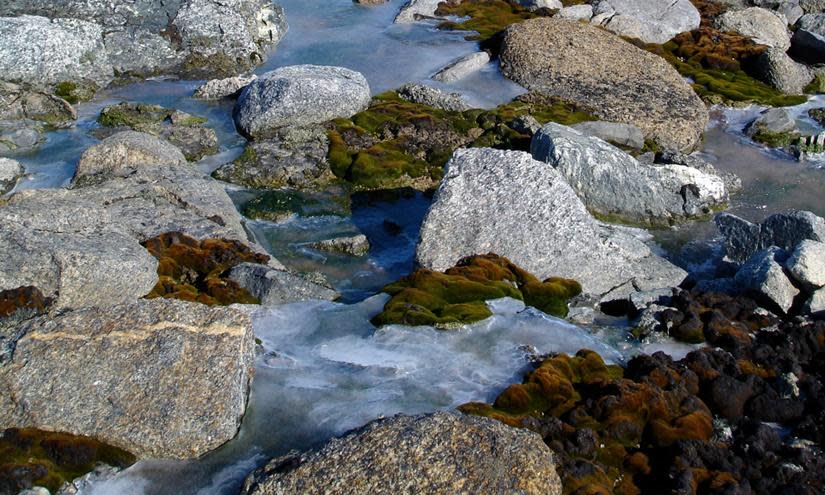Plantwatch: how does moss survive and thrive in harsh Antarctic climate?

Mosses are the plant superheroes of Antarctica, steadily colonising parts of the continent, building up into plump green cushions or even deep banks on bare ground, some of it newly exposed by melting ice and snow.
These are incredibly tough plants that only grow slowly in the harsh Antarctic climate, tolerating intense cold, prolonged dryness, powerful ultraviolet light and prolonged winter darkness. They often survive for nine to 10 months dormant under winter snow, using their own antifreeze to prevent their cells icing up. In their brief growing season, the mosses thaw out, soak up water like sponges and spring back to life. They can even withstand being buried under glaciers for centuries. One moss was found to be 1,530 years old; trapped in ice, it resurrected itself after thawing out.
Nutrients are scarce and the mosses scavenge for nourishment, even absorbing ancient penguin poo blowing in the wind. They only grow 2mm or 3mm a year, but on parts of the Antarctic peninsula – the finger of land pointing towards South America – their growth has shot up dramatically over the past 50 years or so in rapidly rising temperatures.


